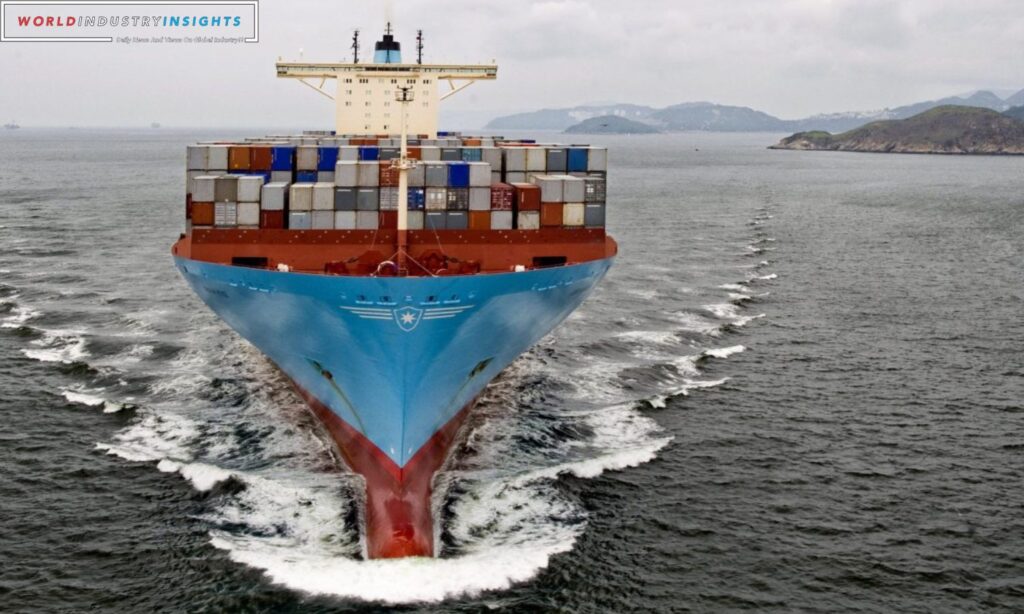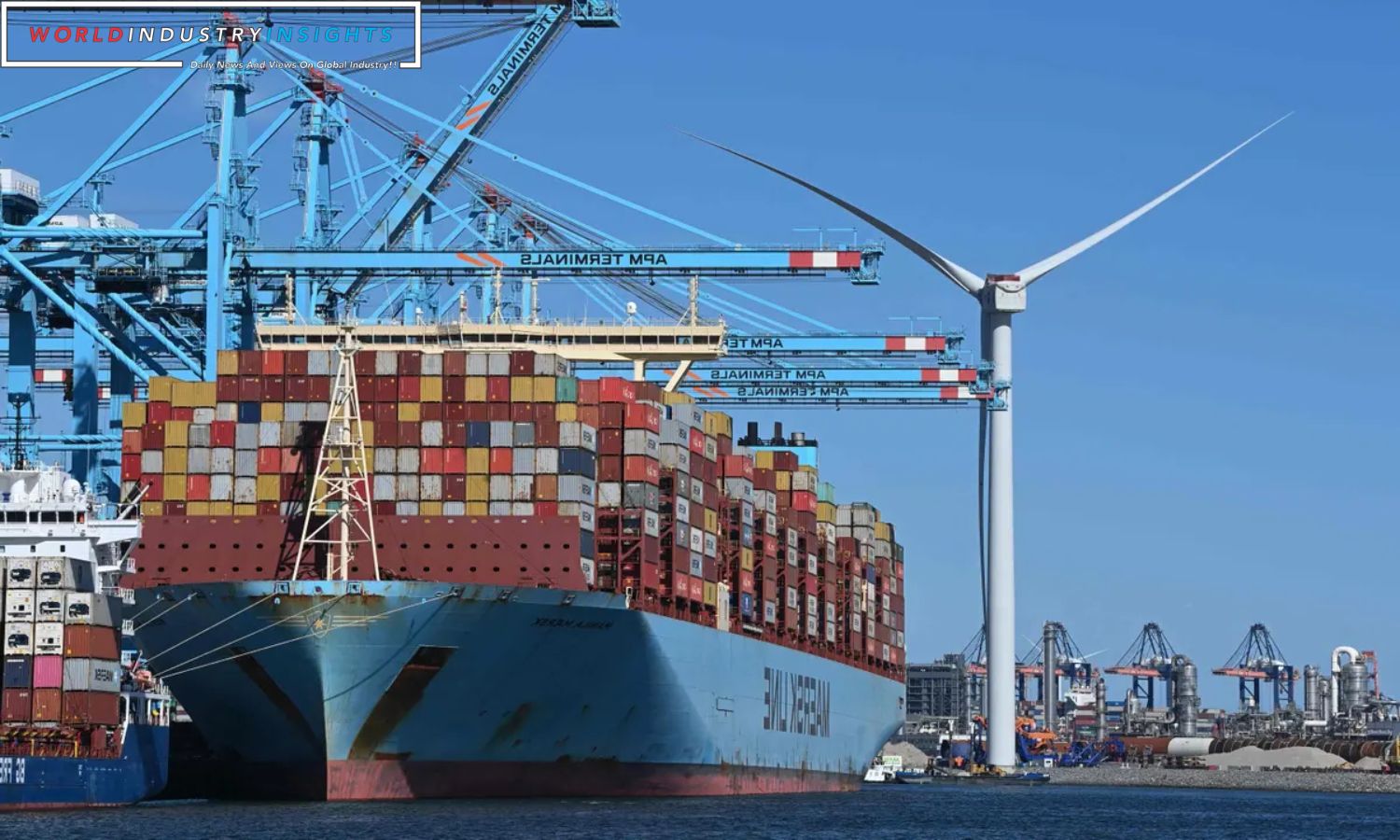Maersk Stormy Quarter: Maersk, the global shipping juggernaut, has weathered some turbulent waters in its recent financial report. The company reported a steep drop in both profit and revenue for the third quarter, reflecting the challenges the shipping industry currently faces. It’s not just a minor setback; Maersk is taking decisive action by cutting 10,000 jobs to combat issues like lower freight rates and sluggish demand for container shipping.
CEO Vincent Clerc acknowledged the tough road ahead, describing the industry’s current state as a “new normal.” Demand is subdued, prices are back in line with historical norms, and inflationary pressures are pushing up costs. The ripple effects of overcapacity have led to price drops across most regions, with no significant signs of ships being idled or recycled.

Also Read: Maersk Quarterly Report: Shipping Giant Navigates Revenue Drop Amid Changing Global Market
Maersk isn’t sugarcoating the situation. Back in August, they already warned about a more significant decline in global demand for container shipping due to slower economic growth and the ripple effects of COVID-19.
To face these challenges head-on, Maersk plans to trim its workforce from 110,000 employees in January to below 100,000. This move is expected to yield substantial savings in the ballpark of $600 million next year compared to this year. However, it won’t be all smooth sailing, as the restructuring carries a one-time cost of $350 million, primarily impacting Maersk’s 2023 financial performance.
The company isn’t throwing in the towel; it’s adjusting its course. Maersk still maintains its full-year guidance for revenue and operating profit, but the outlook has shifted to the lower end of the range. It’s a tough sea out there, but Maersk is navigating through the challenges with an eye on the horizon.

